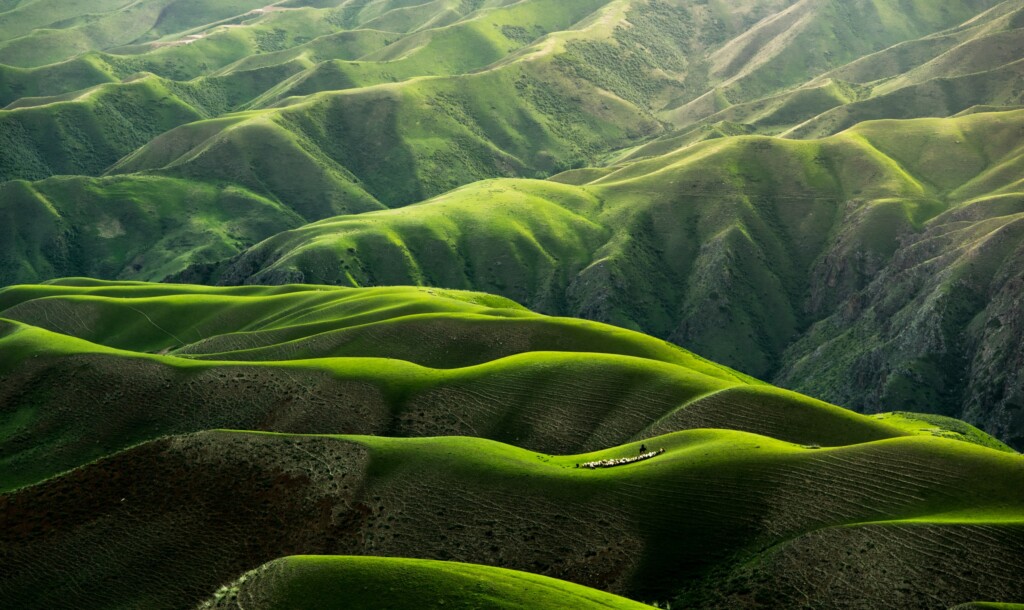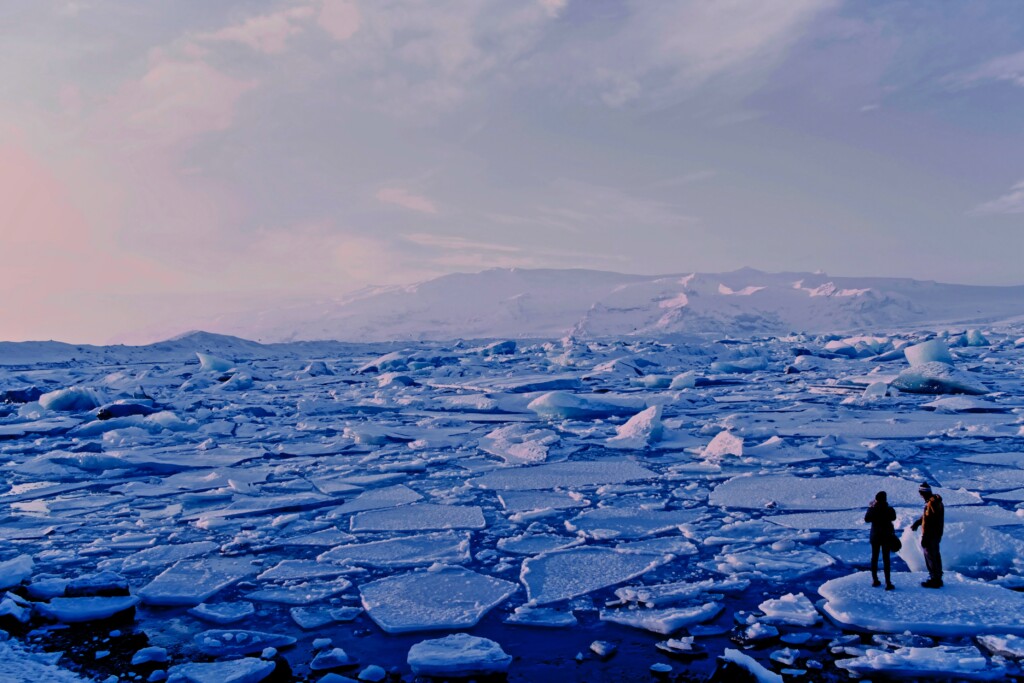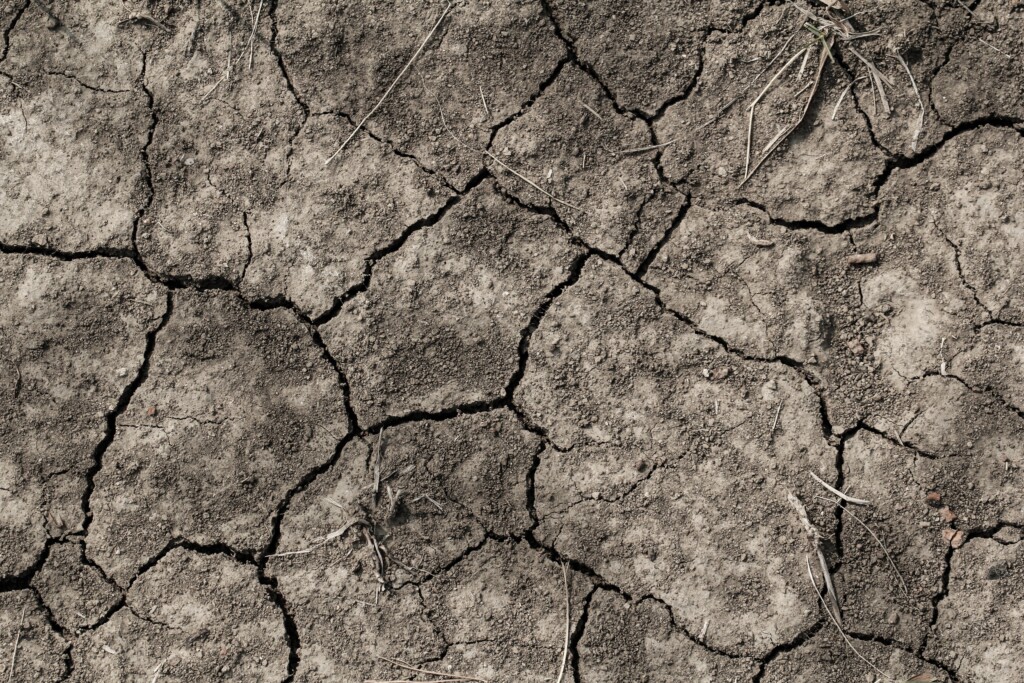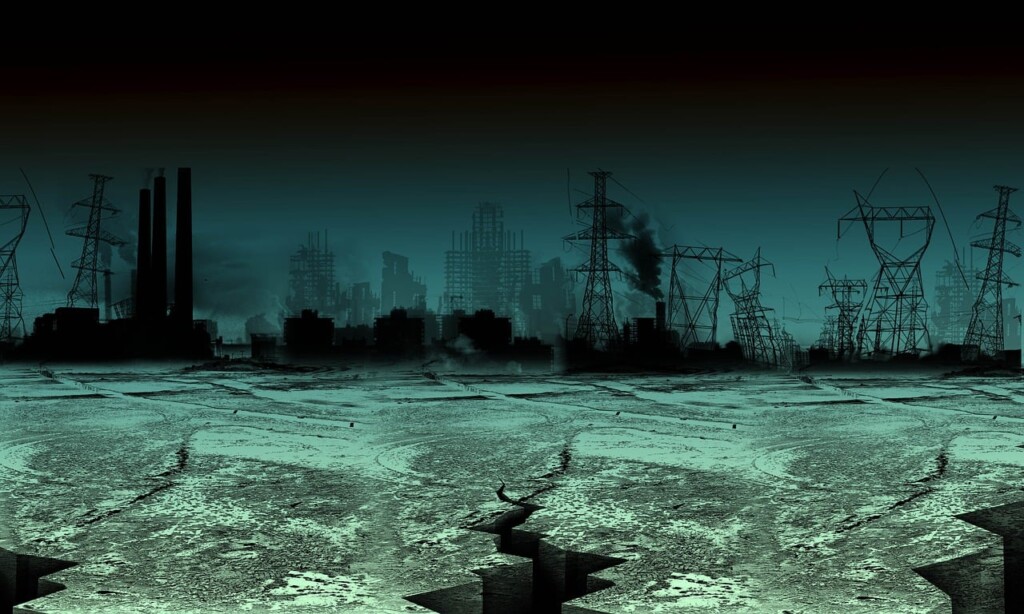Let’s devote a few minutes to envision our world in 2100. It’s quite a thought experiment, given the dramatic transformations our planet has experienced in only the last hundred years. Our future, particularly as it concerns climate change, is like a story yet to be penned. It’s fluid, not fixed, shaped daily by our choices and behaviors.
What might our world resemble in 2100? Frankly, it’s a package of anticipation and caution. It’s akin to charting your own narrative, where our present decisions fashion the narratives of the future. The future saga of our Earth hinges on how governments, organizations, and we, as individuals, respond to climate change. It’s an extensive, cooperative endeavor that involves everybody.
Imagine this: our world in 2100 could be a haven where we’ve triumphed over climate change, characterized by clear blue skies, rich ecosystems, and societies leading sustainable lives. Contrastingly, it could be marred by surging seas, brutal weather, and problems we don’t fancy contemplating. Alarming, isn’t it? But here’s the surprise – we wield the power to sway the direction it takes.
In this article, we’re going to do more than just spread despair. We’re examining the diverse trajectories our planet might embark upon, exploring how present actions can sculpt divergent futures. We’ll delve into the most optimistic outcomes, the less desirable potentialities, and everything that falls within this spectrum. So, let’s strap in and discover what our world might encompass in 2100, based on how we tackle the looming specter of climate change.
We have a duty to care for our planet. It is our only home.
Dalai Lama

Imagine a future where we’ve managed to cap the global temperature rise at just 1.5°C above pre-industrial levels by the year 2100. This scenario, while ambitious, is the most desirable one we can hope for. Over the past century, Earth’s average temperature has already climbed by about 1°C due to human activities, primarily the burning of fossil fuels and deforestation. This increase has led to noticeable changes in our climate, but it’s what we do next that really counts.
To make this 1.5°C scenario a reality, it’s crucial to drastically reduce greenhouse gas emissions starting right now. We’re talking about a massive and rapid decarbonization of our economies. This means that by 2050, we need to achieve net-zero carbon emissions globally. It’s a tall order, but not impossible.
Renewable energy sources like solar, wind, and hydroelectric power must replace fossil fuels. These clean energy sources are already growing rapidly. For instance, solar and wind power capacity have increased exponentially over the last decade, and this trend needs to continue and accelerate. The International Renewable Energy Agency (IRENA) suggests that by 2050, renewable energy could account for up to 86% of the world’s power demand.
But it’s not just about energy. We need to rethink how we move around, too. Transportation accounts for a significant chunk of global emissions. Electric vehicles (EVs) and improved public transport systems are key. EV sales are soaring worldwide, and innovations in battery technology and charging infrastructure are making them more accessible.
Our food systems also need an overhaul. Agriculture, especially livestock farming, is a major source of methane, a potent greenhouse gas. We need to move towards more sustainable farming practices, reduce food waste, and consider shifts in diet, like incorporating more plant-based foods.
Moreover, protecting and restoring forests is vital. Trees absorb carbon dioxide, making reforestation and avoiding deforestation critical strategies. According to the World Resources Institute, restoring 2.5 billion acres of degraded landscapes into forests could remove 13-26 gigatons of greenhouse gases annually by 2050.
In this 1.5°C scenario, we’ll also need to adapt to some changes that are already locked in due to past emissions. This includes strengthening infrastructure against more extreme weather and rising sea levels, and developing resilient agricultural practices.
Achieving this goal is challenging, but it brings immense benefits: a healthier planet, more sustainable economies, and a better quality of life for future generations. It’s a vision that requires unprecedented global cooperation, but the payoff is a world that remains livable and vibrant for us and for those who come after us.

The Paris Agreement, a landmark global accord signed in 2015, set an ambitious goal: to keep global temperature rise this century well below 2°C above pre-industrial levels, while pursuing efforts to limit the increase even further to 1.5°C. This agreement was a collective acknowledgment by 196 countries of the urgent need to address climate change. However, more than five years on, achieving these targets remains a significant challenge.
The Intergovernmental Panel on Climate Change (IPCC), the leading international body for the assessment of climate change, has been vocal about the dire consequences of allowing global temperatures to increase by 2°C. This seemingly small additional increase from the 1.5°C target could have profound and far-reaching impacts on our planet.
One of the most immediate effects would be on global heatwaves. The IPCC reports that if temperatures rise by 2°C, about 37% of the global population would be exposed to severe heatwaves at least once every five years, a significant increase from the 1.5°C scenario. These heatwaves are not just uncomfortable; they can be deadly, especially for vulnerable populations.
Water scarcity is another critical issue. An estimated 410 million more people would face water shortages at 2°C warming compared to 1.5°C. This exacerbates the risk of drought, with severe implications for agriculture, food security, and human health.
The Arctic is also on the frontline of this crisis. At a 2°C increase, the likelihood of an ice-free Arctic summer jumps dramatically. This not only affects the wildlife and communities in the Arctic but also contributes to global sea level rise. A 2°C increase could see sea levels rise by an estimated 46 centimeters by the end of the century, according to the IPCC. This rise threatens coastal cities and island nations, potentially displacing millions of people.
Biodiversity loss is another grave concern. With a 2°C rise, thousands of species would face an increased risk of extinction. This loss would disrupt ecosystems, affecting everything from food chains to human livelihoods.
Moreover, extreme weather events, such as hurricanes and typhoons, are expected to increase in intensity and frequency with a 2°C rise. The economic and social costs of these events are enormous, impacting the most vulnerable communities the hardest.
It’s not just about the numbers; it’s about the real-world impact on people’s lives, ecosystems, and the global economy. The difference between 1.5°C and 2°C might seem small in numerical terms, but in reality, it represents a line between a challenging yet manageable future and a significantly more perilous world.
Despite these stark warnings, the Paris Agreement and the collective action it represents offer a beacon of hope. By striving to limit warming to 1.5°C, we can avoid the worst effects of climate change. It’s a daunting task, but the science is clear: every fraction of a degree matters, and the actions we take now will shape the future of our planet.

In the current trajectory, we’re facing a third, more alarming climate scenario. Despite decades of warnings from scientists and experts, the existing measures and policies fall short of what is needed to combat climate change effectively. Under the current trajectory, it’s projected that global temperatures could rise by about 2.8°C by the end of the century, nearly double the limit recommended by the Intergovernmental Panel on Climate Change (IPCC).
This gap between promised actions and actual implementation is stark. Governments worldwide have set ambitious goals, but the pace and scale of actions taken are insufficient to meet these targets. This discrepancy leads us toward a future where the effects of climate change are not just slightly worse, but exponentially more destructive.
With a 3°C increase, the intensity and frequency of extreme weather events are expected to soar. Heatwaves, hurricanes, floods, and droughts would become more common and severe. According to the World Meteorological Organization, the number of weather-related disasters has already increased fivefold over the past 50 years, and this trend is expected to continue and worsen.
The polar ice caps and glaciers are melting at an alarming rate, contributing to accelerated sea level rise. A study published in the journal Nature Climate Change projects that sea levels could rise by over 60 centimeters by 2100 under this scenario. This rise threatens to inundate coastal cities and islands, displacing hundreds of millions of people.
Droughts, too, will become more severe and prolonged. The United Nations warns that by 2050, up to 5.7 billion people could be living in areas where water is scarce for at least one month a year, exacerbating the challenges of food and water security.
Europe, known for its temperate climate, would not be spared. Days with extreme heat are projected to triple, leading to significant health risks, especially for the elderly and those with pre-existing health conditions.
Furthermore, the number of people at risk of flooding due to sea level rise is staggering. Research indicates that if temperatures rise by 3°C, around 275 million people worldwide could live in areas that will eventually be flooded.
This scenario paints a grim picture of the future. It’s not just about the environment; it’s about the very fabric of our societies and economies. The impacts on agriculture, human health, biodiversity, and economic stability are profound. The cost of inaction far outweighs the investment required to transition to a more sustainable and resilient future.
The silver lining, if any, is that this future is not yet set in stone. There is still time to change course, but it requires immediate, ambitious, and concerted global action. The choices we make today will determine whether we steer towards this perilous path or pivot towards a more sustainable and prosperous future for all.

Envision a world where global warming has spiraled out of control, with temperatures soaring over 4°C above pre-industrial levels by the end of the century. This is not a dystopian fiction but a plausible future if we continue on our current trajectory without significant changes in our approach to climate change.
In a scenario where effective climate policies are absent, and the Paris Agreement’s goals are ignored, the World Economic Forum warns of catastrophic consequences. A temperature increase of this magnitude would lead to drastic and irreversible changes in our environment and society.
🌊 Sea Level Rise and Coastal Flooding: The sea level could rise by more than 80 centimeters, as per the reports by the Intergovernmental Panel on Climate Change (IPCC). This rise would result in the inundation of coastal cities, displacing millions and leading to the loss of invaluable land and infrastructure. Low-lying island nations could face existential threats, with some territories potentially disappearing entirely. Furthermore, the increased flooding would not only damage properties, but it would also drastically alter ecosystems, wipe out wildlife habitats, and disrupt agriculture. In addition, increased saltwater intrusion into freshwater sources would pose serious threats to drinking water supplies in many coastal regions.
🌽 Agriculture and Food Security: Increased temperatures and changing weather patterns would severely impact global agriculture. The frequency and intensity of droughts, along with shifts in precipitation patterns, would challenge traditional farming methods. Consequently, there would be a significant risk of crop failures, leading to higher rates of malnutrition and hunger worldwide. The Food and Agriculture Organization (FAO) has highlighted that climate change is one of the major threats to food security in the future.
♨️ Extreme Weather Events: Unprecedented heatwaves, especially in tropical regions, would become more common, leading to severe health crises and increased mortality rates. The World Health Organization (WHO) has already identified heatwaves as a major public health concern, and this would be exacerbated in a 4°C scenario. In this pressing reality, we would also see a spike in extreme weather phenomena such as hurricanes, floods, and droughts leading to devastating effects on human life, flora, and fauna. These disasters could result in significant population displacement, causing humanitarian crises and geopolitical instability.
💧 Water Scarcity: Water availability would become a critical issue. Regions that are already arid would experience increased aridity, while areas with high humidity would see even more intense rainfall, leading to floods. The United Nations warns that water scarcity could affect up to 5 billion people by 2050 under severe climate change scenarios. In addition, dwindling supplies of freshwater could also escalate conflicts in geopolitically unstable regions and create a wave of climate refugees. Moreover, scarcer water resources and diminishing rainfall force communities to pivot towards unsustainable water extraction methods, thereby worsening the situation.
🐝 Biodiversity Loss: The loss of biodiversity would be unprecedented. Many species would not be able to adapt quickly enough to the changing climate, leading to mass extinctions. The World Wildlife Fund (WWF) has reported that climate change is one of the biggest threats to biodiversity. From coral reefs playing housing roles for multiple marine life forms to lush forests deep in the heart of Amazon that houses millions of species, the collapse of these natural systems can disrupt entire ecosystems. Consequently, it would not just affect the animals and plants facing extinction, but could dramatically alter the lives of humans reliant on these ecosystems for food, water, and climate stabilization.
🔥 Tropical Cyclones: The intensity and frequency of tropical cyclones are expected to increase, causing widespread destruction, as noted by the National Oceanic and Atmospheric Administration (NOAA). These events would not only have immediate impacts but also long-term economic repercussions. Coastal cities and island nations could face the brunt of these escalating cyclones, leading to an aggravated plight of climate refugees. If not contained, this exacerbation could also pose severe risks to global food security and biodiversity, warranting immediate and sustained mitigation actions.
In this worst-case scenario, the world as we know it would be fundamentally altered. The challenges of living in such a world are immense, impacting every aspect of human life and the natural world.
However, it’s important to remember that this future is not set in stone. We have the knowledge and the technology to change course. By reducing greenhouse gas emissions, transitioning to sustainable energy sources, and adapting to the changes already underway, we can avoid this catastrophic path. The time to act is now – to secure a livable, sustainable future for ourselves and future generations.

You’ve seen what the Earth could look like at various levels of temperature increase. One thing is obvious – action must be taken. This is where investing in a greener future comes in, presenting both opportunities and challenges for individuals, communities, companies, and governments alike.
According to the Global Commission on the Economy and Climate, we could boost the world’s economy by $26 trillion by 2030 if we aggressively invest in sustainable infrastructure. It’s a chance to support industries that are committed to reducing greenhouse gas emissions, from renewable energy to sustainable agriculture. Public and private sectors alike have a critical role to play. As an individual, your actions and consumer choices can make a significant impact too.
Despite these clear opportunities, transforming our global economy to be more sustainable is no small task. There are challenges ahead, of course. Fossil fuel industries, for example, still hold significant economic power and political influence, making such a transformation complex and slow. There’s also the concern of ‘greenwashing’, where some companies may promote their products or practices as more environmentally friendly than they truly are.
Addressing climate change while ensuring economic growth will require ingenuity, boldness, and determination. We need to balance the immediate demands of today while planning for the long-term health of our planet. But with every challenge, comes an opportunity for innovation and pioneering change. The future can still be green – and it’s up to us to invest in it.
Sources: IPCC, Climate Action Tracker, World Bank
Stay a while and read more posts like this
With climate change looming large, the world is embarking on a quest for solutions to heal our ailing planet. Solar geoengineering emerges as a burgeoning field,...
Taking on parenthood comes with unique choices that factor in more than just our family’s immediate needs. For modern parents, who are not just guardians of...
Sustainable consumerism represents a conscientious approach to buying goods and services, one that prioritizes environmental protection, social responsibility, and...